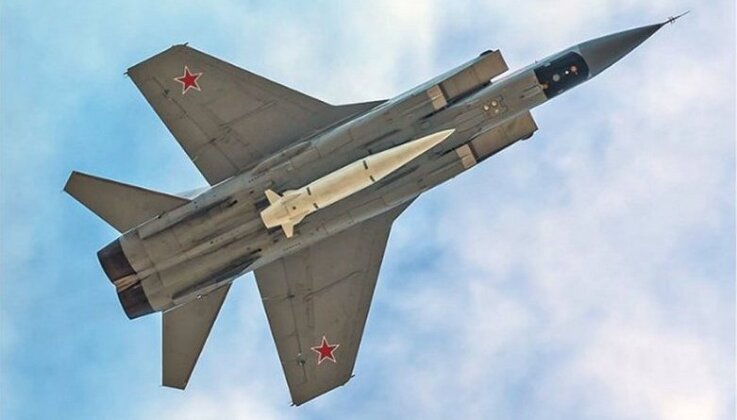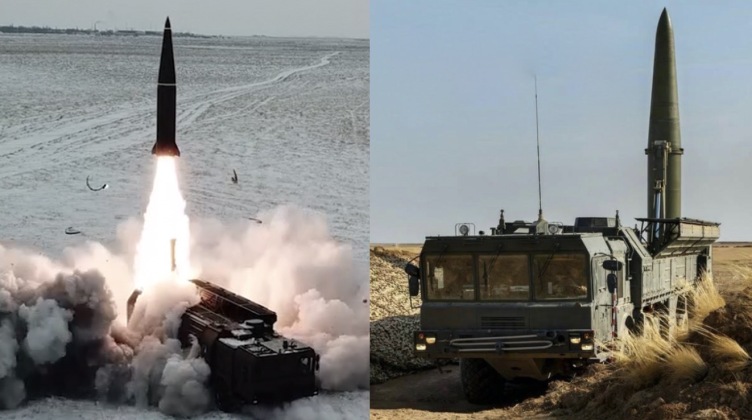As Russia’s Kh-47M2 Kinzhal ballistic missile gained more attention after successfully destroying the US Patriot air defense system on May 16, many sources reported that the country had increased missile production five-fold in the past few months. In one of the clearest indications, Ukrainian Defense Minister Oleksii Reznikov said Russia had an estimated 80 Kinzhals by early May — up from roughly 50 missiles. Ukrainian sources interpreted this as a sign that Russia has managed to quintuple the production of the missiles, producing around 10 Kinzhals per month. However, another explanation could be that new intelligence from Ukraine forced Russia to revise its previous assessment of the stockpile. The Kinzhal is deployed by the Russian Air Force’s MiG-31K attack aircraft and entered service in late 2017. It has only been confirmed to have been used less than half a dozen times in the Russo-Ukrainian war, with the first recorded use being on March 18, 2022 in an attack on a large underground warehouse in western Ukraine, which houses war materiel recently shipped through Poland.

The Kinzhal was developed as an air-launched derivative of the Iskander-M ballistic missile system’s 9M723 missile, and addresses the Iskander’s limited range due to the limitations of the Intermediate-Range Nuclear Forces Treaty – which is specifically for ground-launched missiles. Missiles, but not those launched from the air or sea. The Iskander’s engagement range is limited to 500 kilometers, while the Kinzhal can engage targets up to 2,000 kilometers away.Both missiles are lauded for their quasi-ballistic terminal velocity near Mach 9, high maneuverability, and low-altitude trajectories, making them extremely difficult to track, intercept, and sometimes trackdetectionduring the flight. Increasing production of Kinzhal missiles may be relatively straightforward for the Russian defense sector, as it has been able to produce 9M723 missiles for nearly two decades, the Iskander-M system has been brought into service faster than any other large ground-based weapon system unlike S-400 air defense system because of its asymmetrical value.

Since production lines for missiles in particular were already operating at wartime surge capacity, it was still quite possible to produce more Kinzhals at the expense of some production of 9M723 missiles. Kinzhal’s launch aircraft, the MiG-31K, are also likely to see a rapid increase in numbers, as Russia has a large stockpile of several hundred MiG-31 airframes, many of which fly only a fraction of their lifespan before being scrapped after the end of the Cold War. Stored up to the sharp contraction of the Air Force. The unveiling of the MiG-31K’s newly enhanced successor, the MiG-31I, in August 2022 indicates the Russian Air Force’s intention to continue expanding its strike fleet. The new model benefits from improved flight performance and avionics, with a focus on increased automation. While the Kinzhal arsenal is expected to continue to grow rapidly, its use in Ukraine is expected to remain limited, as much of the arsenal remains focused on potentially countering NATO should hostilities escalate into a wider war.

